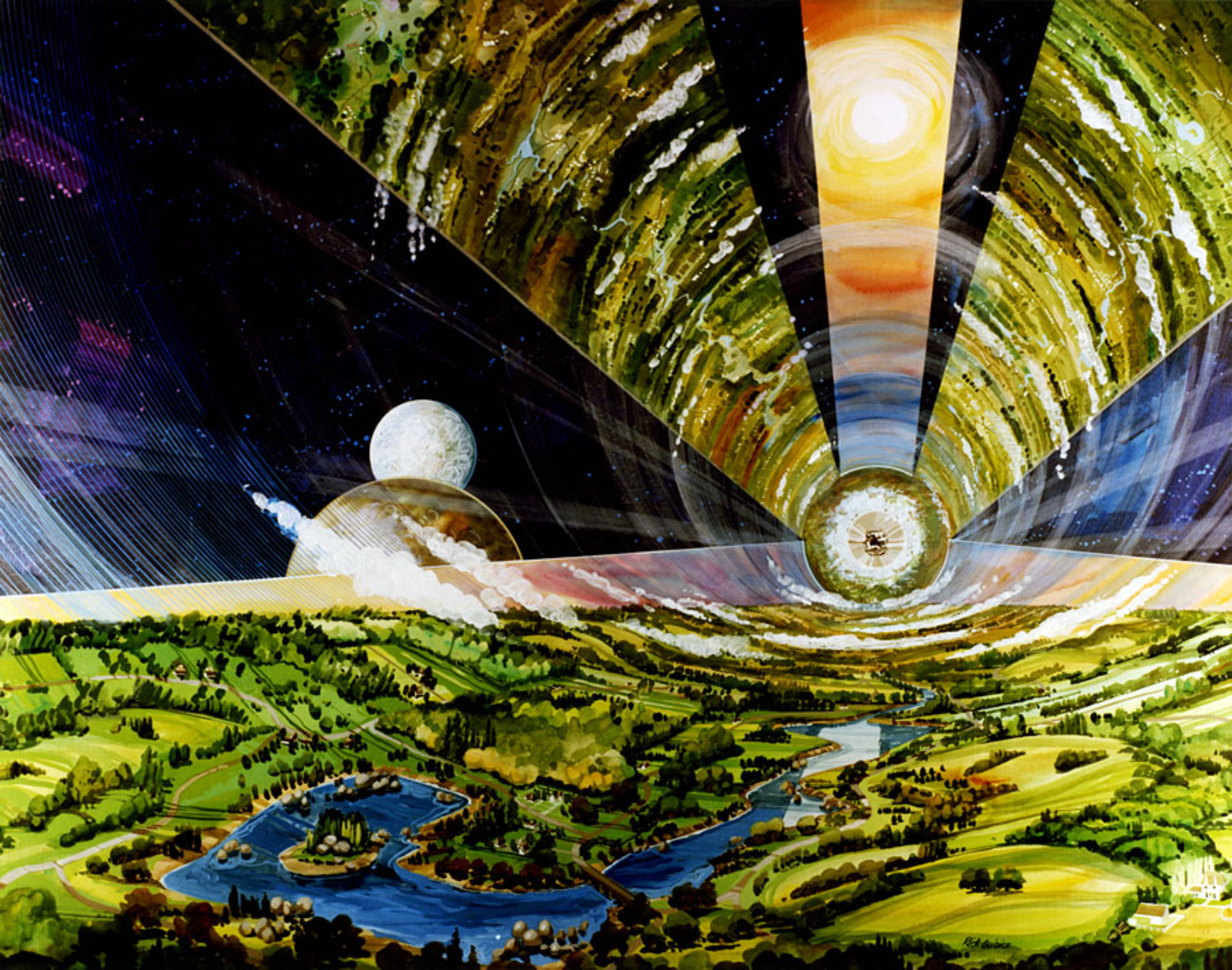
In a paper presented at the 8th Symposium on Space Resource Utilization (2016), Bryan Palaszewski analyzes multiple mission architectures for human voyages to the inner and outer solar system. The planet Mercury has permanently shadowed craters at its poles which likely contain frozen water enabling ice mining for rocket propellant and oxygen for breathable air to sustain settlements. The outer planets and their moons are reservoirs of significant amounts of useful gases such as hydrogen, helium 3, methane, ethane, and ammonia which can be utilized as in-situ resources. Through nuclear propulsion and living off the land with ISRU, travel times can be reduced and payloads increased for both robotic and human missions. With a positive vision for eventual space settlement, Palaszewski concludes the paper with “These technological innovations will enable Krafft Ehricke’s vision of a polyglobal civilization“.
